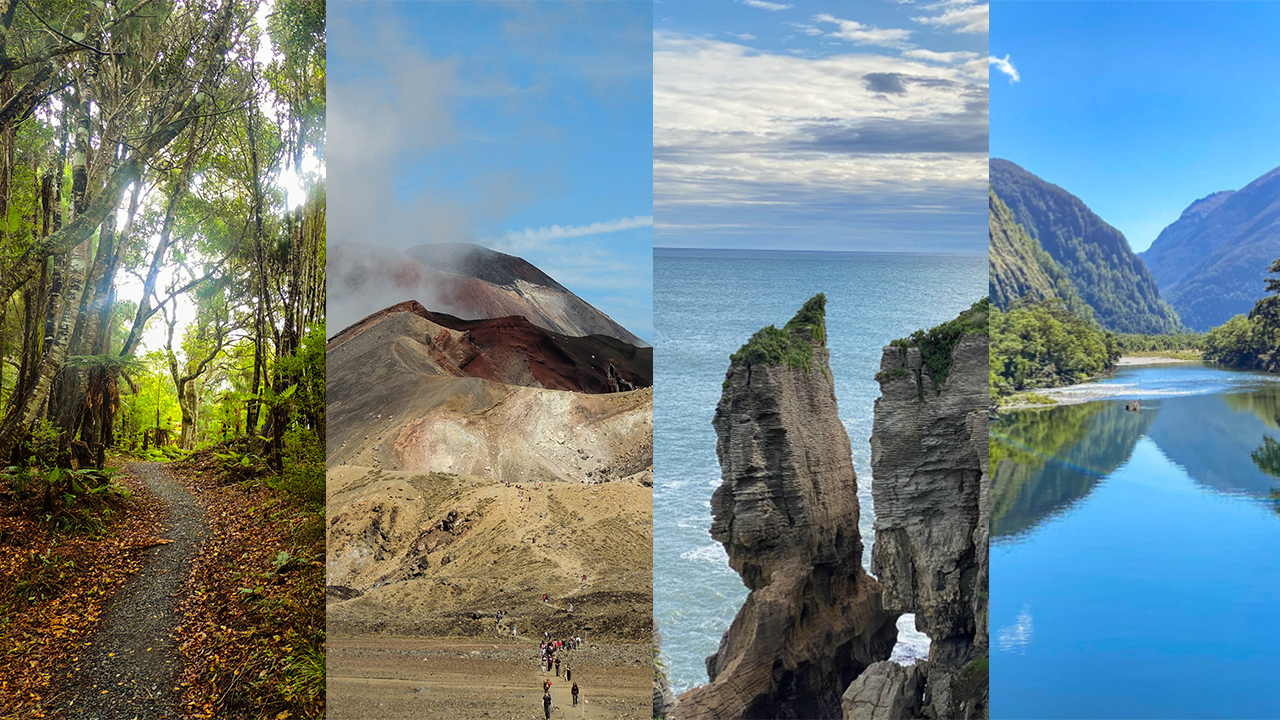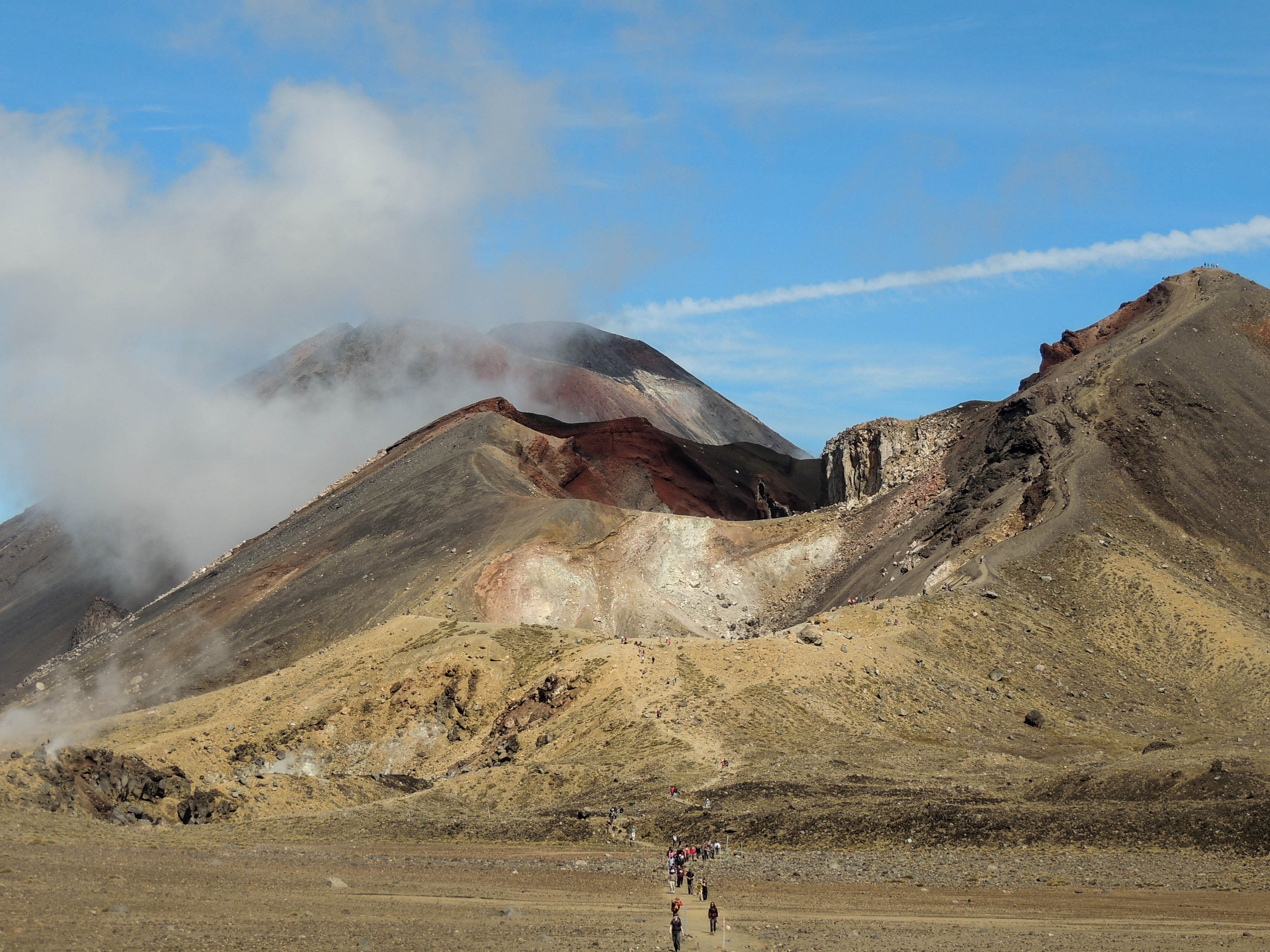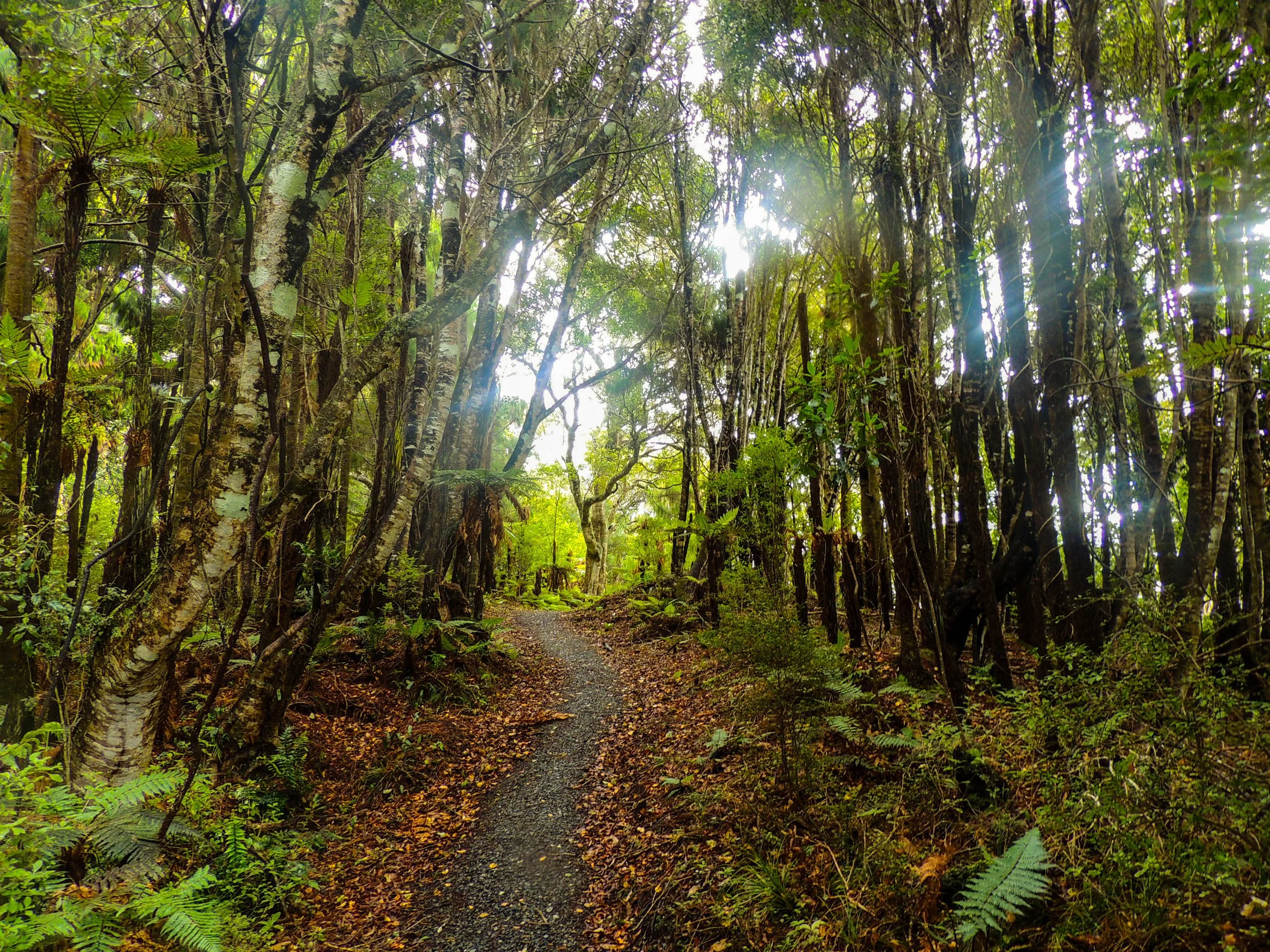
The Ultimate Guide to the New Zealand Great Walks
New Zealand is known for its incredible landscapes and outdoor adventure opportunities. One of the best ways four outdoor enthusiasts to enjoy the natural beauty of this country is by hiking the Great Walks.
What are the New Zealand Great Walks?
The New Zealand Great Walks are a series of premier hiking tracks that showcase some of the most breathtaking scenery in New Zealand, established in 1993 as part of a government initiative to promote hiking tourism in New Zealand.
Initially, there were just three Great Walks: the Milford Track, the Routeburn Track, and the Kepler Track. Today, there are ten Great Walks in total, with the most recent addition being the Paparoa Track, which opened in 2019.
What Makes the Great Walks So Special?
Each Great Walk has its own unique characteristics and challenges, but all offer a fantastic opportunity to experience New Zealand's unbeatable natural beauty. The walks vary in length from 32 km (20 miles) for the Milford Track to 82 km (51 miles) for the Whanganui Journey. The majority of the walks are between 2-4 days in duration, making them ideal for travelers looking to spend a few days exploring the great outdoors.
In terms of difficulty level, the Great Walks vary from easy to challenging. The easiest Great Walks are the Abel Tasman Coast Track and the Lake Waikaremoana Track, which are suitable for most fitness levels. The most challenging Great Walks are the Milford Track and the Kepler Track, which require a higher level of fitness and experience. It's worth noting that all of the Great Walks require some level of physical fitness and preparation, so be sure to do your research before embarking on any of these hikes.
When Should I Plan These Hikes?
The Great Walks are incredibly popular with both domestic and international visitors. In fact, the walks are so popular that bookings are required during the peak season (October to April). This helps to manage the number of hikers on the track at any one time and ensures that the tracks remain well-maintained for future visitors.
If you're planning on hiking one of the Great Walks during the peak season, be sure to book well in advance to avoid disappointment.
Apart from that, let’s take a closer look at what to expect from each walk.
Milford Track
Mac Gaither via Unsplash
Length: 53.5 km (33 miles)
Duration: 4 days/3 nights
Difficulty: Challenging
Highlights: Fiordland National Park, New Zealand’s tallest waterfall, Mackinnon Pass, Sutherland Falls
Best time to hike: Late October to late April
The Milford Track is one of the most popular and challenging Great Walks in New Zealand. It was named “the finest walk in the world” over 100 years ago and is arguably New Zealand’s most famous walk.
This journey takes you through the heart of Fiordland National Park, where you'll see dramatic peaks, lush rainforests, and pristine alpine lakes. The hike requires a good level of fitness and endurance, as well as an ability to cope with potentially harsh weather conditions.
Routeburn Track
Riley Woolf via Unsplash
Length: 32 km (20 miles)
Duration: 2-3 days
Difficulty: Moderate
Highlights: Mt. Aspiring National Park, Harris Saddle, Routeburn Falls
Best time to hike: Late October to late April
The Routeburn Track is a short day hike through the Southern Alps that packs some of the biggest panoramic views of snow-capped mountains and crystal-clear streams you’ll see anywhere else.
The trail can be challenging in places, but is generally considered to be more manageable than the Milford Track. Highlights include the Harris Saddle, which offers breathtaking views of the surrounding mountains, and Routeburn Falls, a picturesque waterfall. The highest point of the track at 1,255 meters (4,117 feet) has some of the best views.
Kepler Track
Jade Stephens via Unsplash
Length: 60 km (37 miles)
Duration: 3-4 days
Difficulty: Challenging
Highlights: Fiordland National Park, Luxmore Caves, Mount Luxmore Summit
Best time to hike: Late October to late April
The Kepler Track is a challenging hike that takes you through the unforgettable scenery of Fiordland National Park. This track was custom-made and built for pleasure rather than necessity, initially opening in 1988 to showcase the best features of Fiordland.
It starts and finishes in the town of Te Anau and includes highlights such as the Luxmore Caves and Mount Luxmore Summit, which offer stunning views of the surrounding landscape. Most of the streams are bridged, and the manmade construction of the trail makes for easier walking.
Abel Tasman Coast Track
Lesly Derksen via Unsplash
Length: 51 km (32 miles)
Duration: 3-5 days
Difficulty: Easy to Moderate
Highlights: Abel Tasman National Park, golden sand beaches, marine life
Best time to hike: October to May
The Abel Tasman Coast Track is one of the easier Great Walks, making it a great option for those with less hiking experience, and also those who prefer to spend a little more time on the beach.
The trail takes you along the golden sand beaches and crystal-clear waters of Abel Tasman National Park, with opportunities to spot marine life such as seals and dolphins. You can also sign up for a kayak tour. It’s important to note that the walk is not a circuit track, so some for of transportation is needed at either end.
Heaphy Track
Amy Workman via Unsplash
Length: 78.4 km (49 miles)
Duration: 4-6 days
Difficulty: Easy to Moderate
Highlights: Kahurangi National Park, Heaphy River, Nikau Palm Forest
Best time to hike: May to September
The Heaphy Track is the longest of the Great Walks and takes you through a range of landscapes, from dense forests to rugged coastlines. The trail comes with a well-formed track and several well-equipped huts along the way.
Along the way, visit Kahurangi National Park, the second largest in the country and home to the elusive Great Spotted kiwi.
Tongariro Northern Circuit
Length: 45.9 km (27 miles)
Duration: 3-4 days
Difficulty: Challenging
Highlights: Tongariro National Park, volcanic landscapes, emerald lakes
Best time to hike: Late October to late April
The Tongariro Northern Circuit as a whole is a challenging hike through the volcanic landscapes of Tongariro National Park. It’s important to note that the majority of people choose the day hike in Tongariro National Park, which still allows visitors to get the most out of the scenery the trail has to offer. It’s also a place where Lord of the Rings fans can visit Mount Ngauruhoe, more commonly known as Mount Doom.
Wherever you go, you’ll see several of the park's most iconic landmarks, including the Emerald Lakes and the Red Crater. Outside of the Great Walks season from October to April, you’ll have to book a guided trip if you’d like to take the trail during the winter.
Whanganui Journey
Luca Calderone via Unsplash
Length: 145 km (90 miles)
Duration: 3-5 days (kayaking), 5-6 days (canoeing)
Difficulty: Easy
Highlights: Whanganui River, Bridge to Nowhere, Maori culture
Best time to hike: October to April
The Whanganui Journey is a unique Great Walk that follows the Whanganui River through remote and rugged wilderness. The trail can be done by kayak or canoe, and takes you past amazing natural landscapes and significant cultural sites. Highlights include the Bridge to Nowhere, a historic bridge that was abandoned in the 1930s, and the rich Maori culture that can be experienced along the way.
The river itself spans 290 kilometers (180 miles), and the difference between this and the other Great Walks is that this trek involves paddling down a river rather than hiking on land. It is essential to pre-book during peak season.
Rakiura Track
Length: 32 km (20 miles)
Duration: 2-3 days
Difficulty: Easy to Moderate
Highlights: Stewart Island, native wildlife, coastal scenery
Best time to hike: Late October to late April
The Rakiura Track is a Great Walk located on Stewart Island, a remote island off the southern coast of New Zealand. The trail takes you through native forests and along stunning coastal scenery, with opportunities to spot native wildlife such as kiwis and penguins.
There are less than 400 people on the island, which makes this a great getaway for those looking for a little more solitude. It’s also the best option for bird watchers, as Stewart Island has a large bird population outside of the kiwis.
Paparoa Track
Marcus Woo via Unsplash
Length: 56 km (34.6 miles)
Duration: 2-3 days
Difficulty: Easy to Moderate
Highlights: Paparoa National Park, limestone cliffs, alpine vegetation, coastal views
Best time to hike: Year-round
The Paparoa Track is one of the newest Great Walks in New Zealand, opened in 2019. It takes you through the unique limestone landscapes of Paparoa National Park on the South Island's West Coast. The trail features a range of ecosystems, from sub-tropical forest to alpine vegetation, and offers panoramic views of the coast and surrounding mountains.
This track is a shared-used walk, meaning you can either hike or mountain bike. Hikers can expect to spend at least two nights camping during the walk, while bikers only have to account for one. It’s also important to know the region is known for high rainfall and severe storms throughout the year, so be prepared for anything when you venture out.
Lake Waikaremoana Track
Adriel Kloppenburg via Unsplash
Length: 46 km (28.6 miles)
Duration: 3-4 days
Difficulty: Moderate to Challenging
Highlights: Te Urewera National Park, Lake Waikaremoana, prehistoric forest
Best time to hike: Late October to late April
The Lake Waikaremoana Track is a challenging hike through Te Urewera National Park on the North Island, which has the largest area of native forest. The trail takes you along the shores of Lake Waikaremoana, through dense native forest, and over steep ridges with stunning views of the surrounding landscape. The trail includes several overnight huts and campsites, and offers opportunities for swimming, fishing, and boating on the lake.
The trek leads you through a pristine rainforest and a section known as the “goblin forest.” You can also learn more about Maori culture and walk in the footsteps of the Tūhoe people that have deep spiritual links to the land.
Which Great Walk Should I Choose?
At the end of the day, each of New Zealand’s Great Walks offers a unique opportunity to get up close and personal with the country’s landscapes and culture.
Whether you're an experienced hiker or a beginner, there's a Great Walk to suit your interests and abilities. However, it's important to be prepared for potentially challenging weather conditions and to book huts or campsites well in advance, as these popular trails can book out quickly, and the weather in New Zealand is known for changing in a blink.










